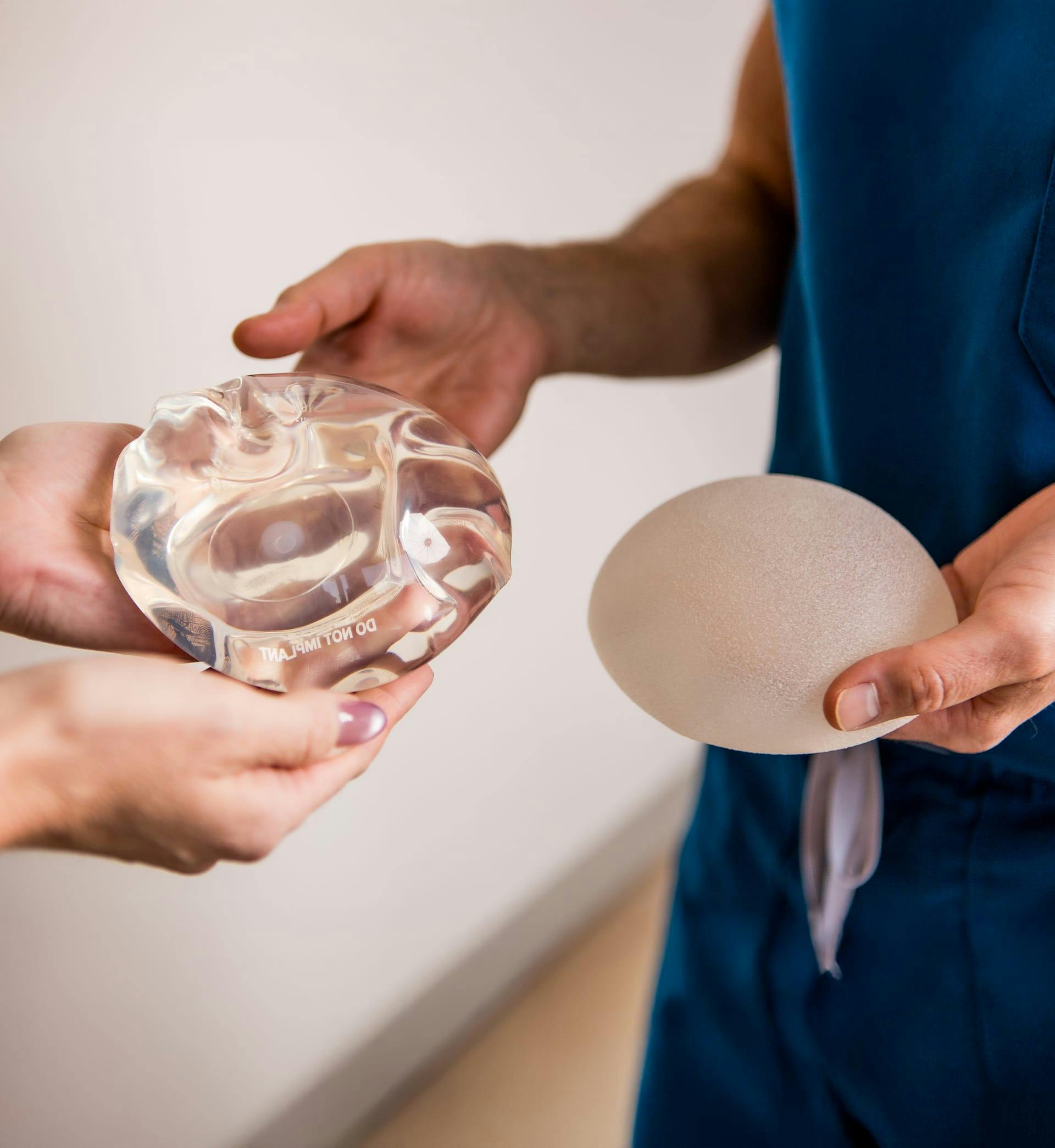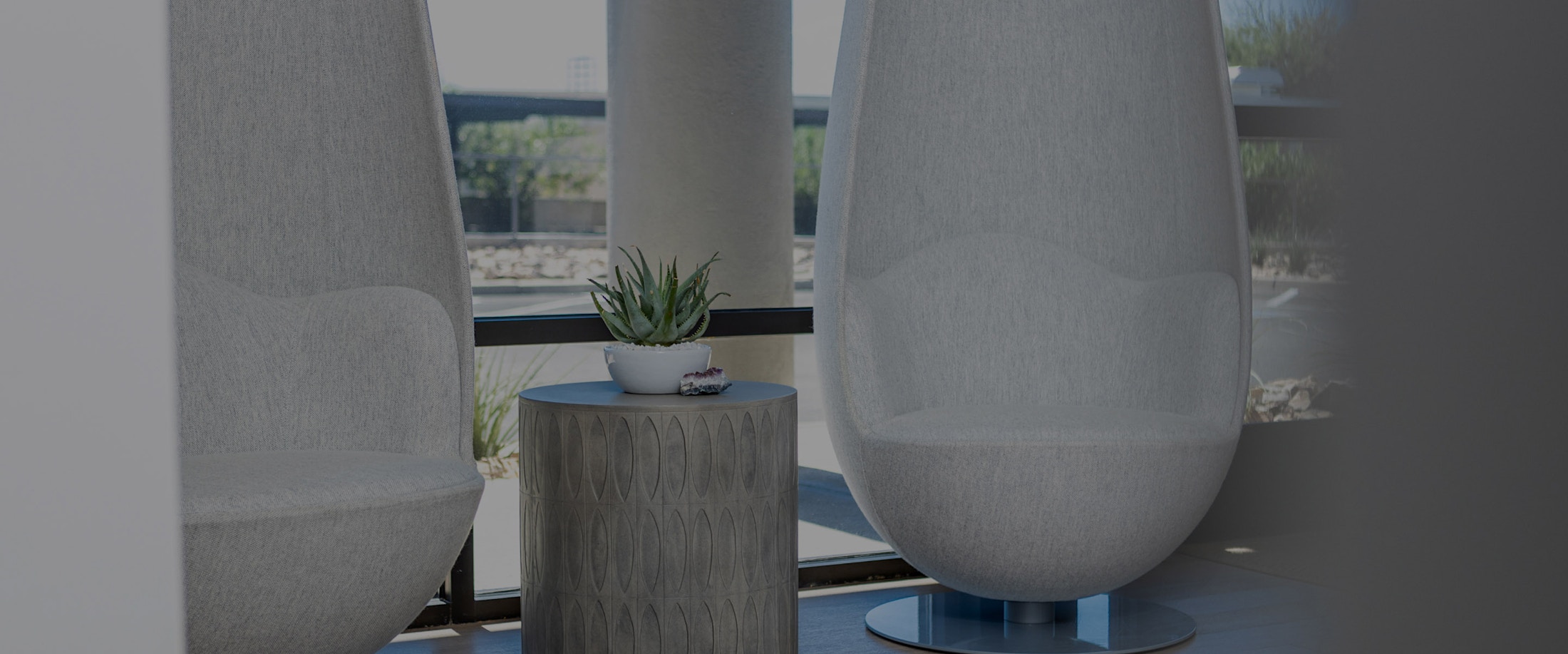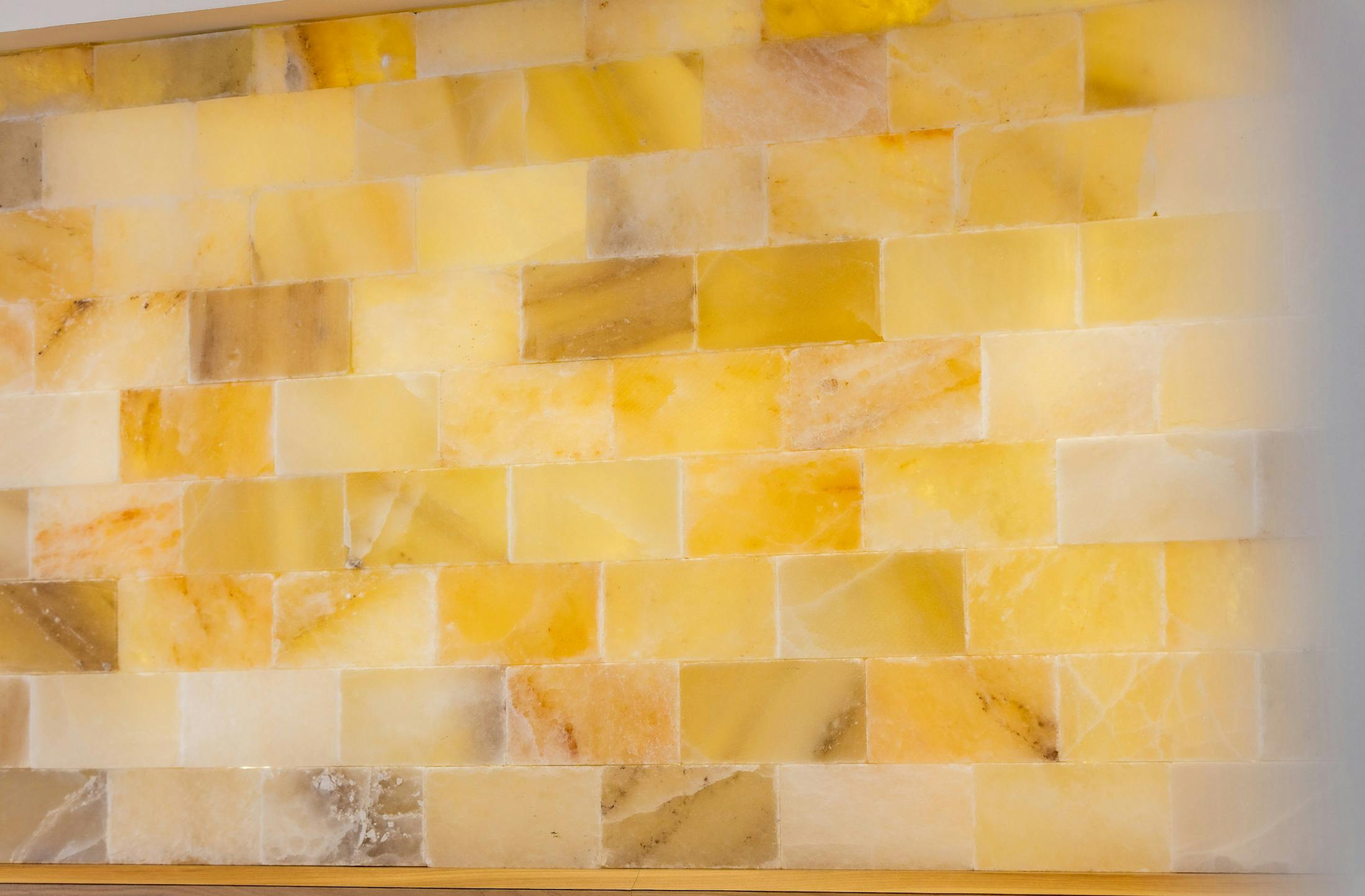Breast augmentation enhances your natural shape, creating fuller, more balanced contours. Whether you’re looking to restore lost volume with breast implants or achieve a more proportionate silhouette, this procedure is tailored to your unique aesthetic vision.
What is Breast Augmentation?
Breast augmentation, or augmentation mammoplasty, is a popular procedure to increase breast size and enhance shape using saline or silicone implants. The goal is to enhance a patient’s natural proportions for a more symmetrical breast profile. Often, breast augmentation can be combined with a breast lift or fat grafting for comprehensive results.











